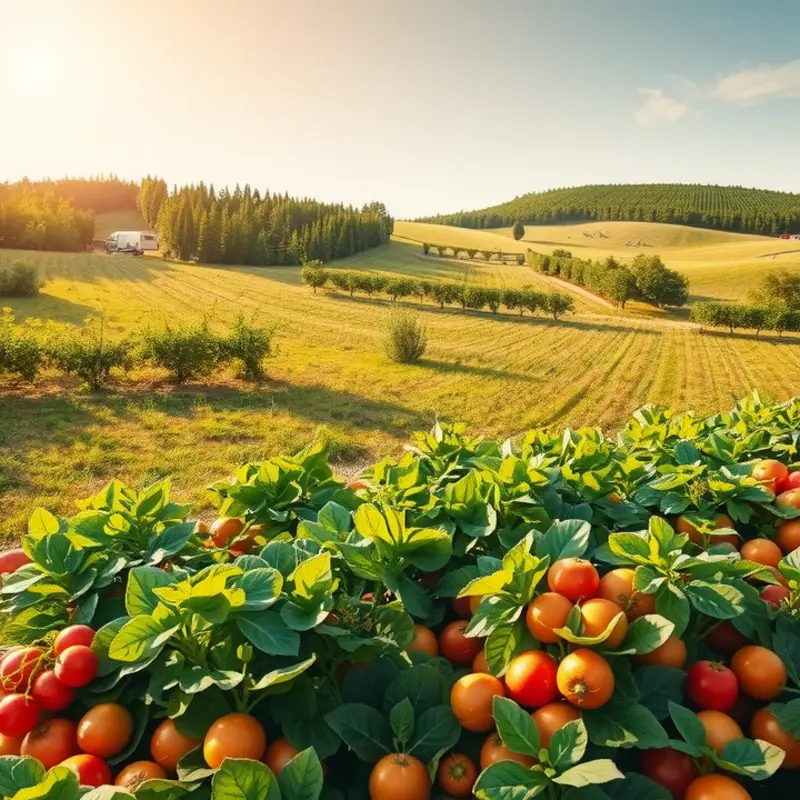Navigating gluten-free cooking can be overwhelming, but it doesn’t have to be. With the right substitutes, you can create satisfying, delicious meals. This guide offers practical solutions for common gluten-containing ingredients, ensuring your dishes remain flavorful while accommodating dietary needs. Whether you’re replacing flour, pasta, or breadcrumbs, these gluten-free alternatives are simple to use and versatile in any recipe.
Flour Alternatives That Work Wonders

When embarking on a gluten-free journey, one of the largest challenges is finding a suitable replacement for traditional wheat flour. Thankfully, there’s a wide array of gluten-free flours available, each offering unique characteristics and benefits to enhance your culinary creations.
Almond Flour
Almond flour is a popular gluten-free choice due to its mild flavor and rich, nutty taste. Made from finely ground almonds, it’s an excellent source of healthy fats, protein, and vitamin E. Almond flour works well in baked goods, imparting a moist texture. It’s particularly effective in cookies and cakes. However, almond flour doesn’t rise as much as wheat flour, so combining it with a leavening agent is crucial for optimal results.
Coconut Flour
Coconut flour is another favorite among gluten-free enthusiasts. It is high in fiber and low in carbohydrates, making it a great option for those following a low-carb diet. Its absorbent nature requires adjustments in liquid content when substituting in recipes—usually, more eggs and liquid are necessary to avoid dryness. The subtle coconut flavor can enhance the taste of baked goods, making it unideal for savory dishes without strong, complementary flavors.
Rice Flour
Rice flour is widely used due to its availability and neutral taste. It’s known for providing a light texture in baked goods, making it perfect for recipes like pancakes, bread, and coatings for fried foods. While rice flour can be gritty on its own, combining it with other gluten-free flours can enhance its texture and performance.
Chickpea Flour
Chickpea flour, also known as gram flour, offers a nutty taste and is packed with protein and fiber. Its dense texture makes it an excellent binding agent, ideal for savory recipes like veggie burgers and thickening soups. In baking, it can provide a unique flavor profile, excellent for savory breads and tarts. The flavor can be strong, so it’s often used in conjunction with other flours.
Tapioca Flour
Tapioca flour, derived from the cassava root, is best used for thickening and giving a chewy texture. It’s flavorless, making it a versatile base flour in blends. It’s particularly useful for adding moisture to recipes, preventing dryness, and improving the crumb in baked items. As a bonus, it can give gluten-free bread a light, crispy crust.
Balancing Your Gluten-Free Flours
The key to successful gluten-free baking is balance. Often, these flours work best blended with each other to mimic the properties of wheat flour. For example, pairing almond flour with tapioca flour can lead to deliciously moist and chewy baked goods. Typically, experimenting with combinations will yield the best results, allowing you to tailor the texture and flavor to your preferences.
For those exploring gluten-free options beyond flours, incorporating other low-carb ingredients can further diversify your culinary toolkit. For instance, consider trying a creamy garlic butter chicken recipe that complements gluten-free pastas or side dishes, opening up a world of delicious possibilities.
Savory Swaps: Pasta, Breads, and More

Embarking on a gluten-free journey doesn’t mean sacrificing the beloved staples of pasta and bread. Indeed, with the right substitutes, you can continue to enjoy these culinary classics without a hitch. Let’s dive into these gluten-free alternatives and explore how they can seamlessly fit into your dishes.
Pasta Substitutes
Pasta, a fundamental element in many cuisines, can be challenging to replace due to its unique texture and mouthfeel. However, several gluten-free options abound. Rice noodles, made primarily from rice flour, offer a delicate texture and a neutral taste, making them versatile in Asian and Mediterranean cuisines alike. For a more nutritious twist, quinoa pasta brings a light, nutty flavor combined with a satisfying bite.
For those keen on something unique, zucchini noodles, or “zoodles”, have gained traction for their low carb content and fresh taste. With a simple spiralizer, you can transform zucchini into noodle-like strands perfect for pairing with any sauce. Stir frying or lightly steaming zoodles ensures they retain a slight crunch—a texture that’s welcoming in dishes like our Zucchini Noodles with Avocado Pesto.
Bread Alternatives
Recreating the soft, chewy, and often airy characteristics of bread requires ingenuity. Fortunately, the likes of almond flour bread have come to the forefront. Its dense texture ensures a satisfying bite, while its subtly sweet flavor complements both savory and sweet toppings.
For a more bread-like texture, consider sorghum flour blends. These typically combine sorghum flour with tapioca and potato starches, producing a light and moist crumb. Baking with these blends might often require an additional binder like xanthan gum to impart elasticity typically provided by gluten.
Other Versatile Staples
Beyond pasta and bread, gluten-free cooking calls for substitutes for flour in traditional recipes. Chickpea flour, crafted from ground chickpeas, brings a rich, savory taste perfect for savory pancakes and thickening soups. Additionally, its high protein content adds nutritional value.
Tips for Seamless Integration
While experimenting with gluten-free options, texture and flavor should guide your decision. If replicating the soft texture of traditional pasta, pair corn pasta with robust sauces to enhance its natural sweetness. For bread, utilizing established baking techniques like proofing and steam-baking can help achieve desired results.
Remember, gluten-free cooking is a journey that encourages creativity and experimentation. Each culinary substitution unveils a world of flavors, inviting you to broaden your culinary repertoire without gluten’s limitations.
Final words
Successfully adapting to a gluten-free lifestyle doesn’t have to compromise taste or variety in your meals. With the right substitutes, it is possible to prepare comfort foods and everyday staples that everyone can enjoy. Understanding the unique qualities of each gluten-free ingredient allows you to create dishes that not only meet dietary requirements but are also enjoyable. By exploring and experimenting with various alternatives, you’ll find that gluten-free cooking can be just as satisfying and delicious as traditional methods. Embrace the versatility of gluten-free ingredients and have fun with your culinary creations!







